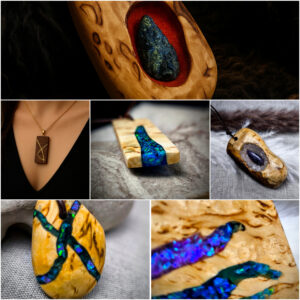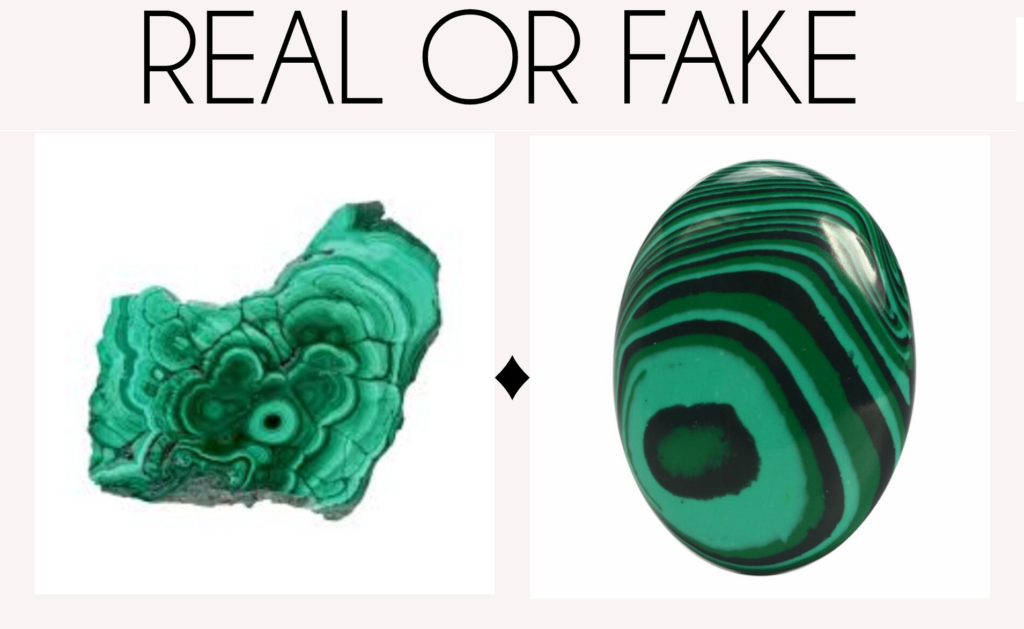Affordable and stylish jewelry from online retailers like Temu and Shein has become increasingly popular. However, recent investigations have uncovered alarming levels of toxic substances in some of these products, posing significant health risks to consumers.
Toxic Metals Found in Jewelry
Laboratory tests have revealed that certain low-cost jewelry items contain hazardous levels of heavy metals such as lead, cadmium, and nickel.
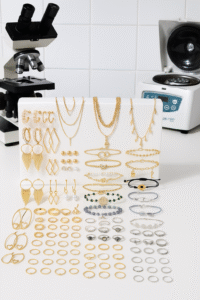
These substances are known to cause various health issues:
Lead: Exposure can lead to neurological problems, developmental delays in children, and reproductive issues.
Cadmium: This carcinogenic metal can cause kidney damage, bone loss, and other serious health problems.
Nickel: A common allergen, nickel can cause skin rashes and allergic reactions upon contact.
In one instance, a silver-colored necklace purchased from Temu was found to contain lead levels ten times higher than the legal limit in the UK.
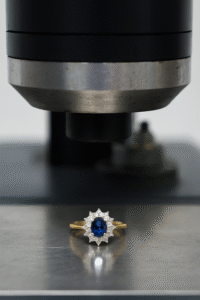
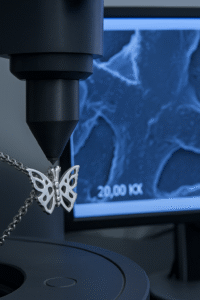
Similarly, a gold chain’s clasp contained cadmium levels 27 times above the permissible threshold.
Children’s Products at Risk
Children’s jewelry and accessories are particularly concerning. Tests conducted by Seoul authorities found that some children’s clothing items from Temu contained phthalates—a group of chemicals used to make plastics more flexible—at levels up to 622 times the legal limit. These substances are linked to reproductive harm and increased cancer risk.
Regulatory Challenges
Despite strict regulations in regions like the European Union, many of these hazardous products still reach consumers. The EU’s REACH regulation limits cadmium in jewelry to 0.01% by weight, yet non-compliant items continue to be sold online.
Investigations have shown that some manufacturers deliberately use cadmium in jewelry production due to its favorable properties and low cost.
Health Implications
Prolonged exposure to these toxic metals can have severe health consequences:
Lead: Can cause cognitive impairments, especially in children, and increase the risk of miscarriage in pregnant women.
Cadmium: Linked to kidney damage, bone demineralization, and cancer.
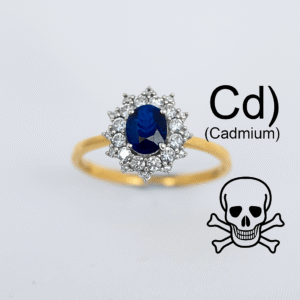
Nickel: Can lead to chronic dermatitis and other allergic reactions.
Consumer Recommendations
To minimize health risks, consumers are advised to:
Purchase from reputable retailers: Ensure that the seller complies with safety regulations and provides product certifications.
Avoid extremely cheap jewelry: Suspiciously low prices may indicate cost-cutting measures that compromise product safety.
Check for safety certifications: Look for labels or documentation indicating compliance with safety standards.
Be cautious with children’s products: Children are more susceptible to the harmful effects of toxic metals.
Conclusion
While affordable jewelry can be tempting, it’s crucial to be aware of the potential health risks associated with certain low-cost products. By making informed purchasing decisions and prioritizing safety, consumers can protect themselves and their families from harmful exposures.
Natural Warenoff wooden jewelry with genuine gemstones.

